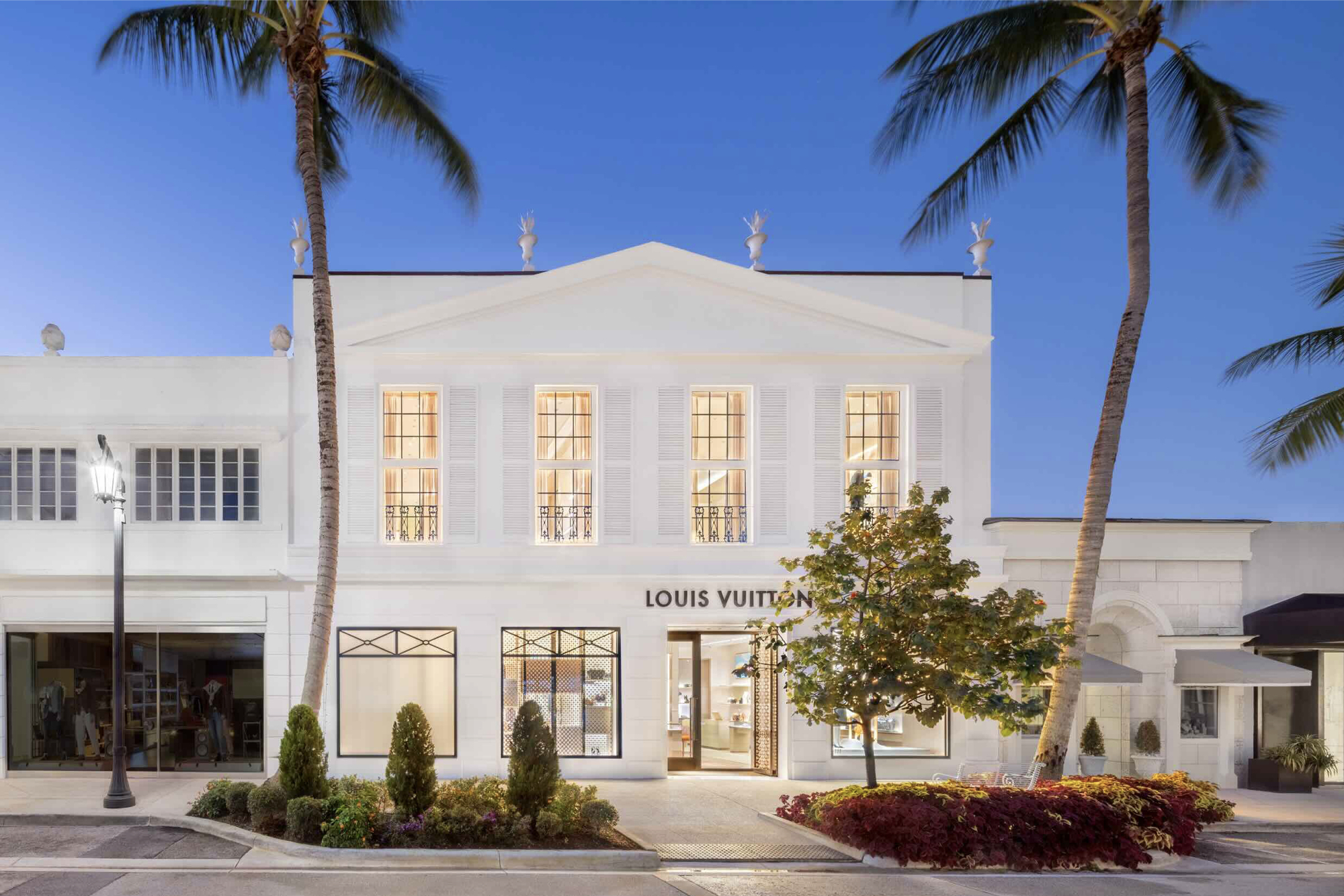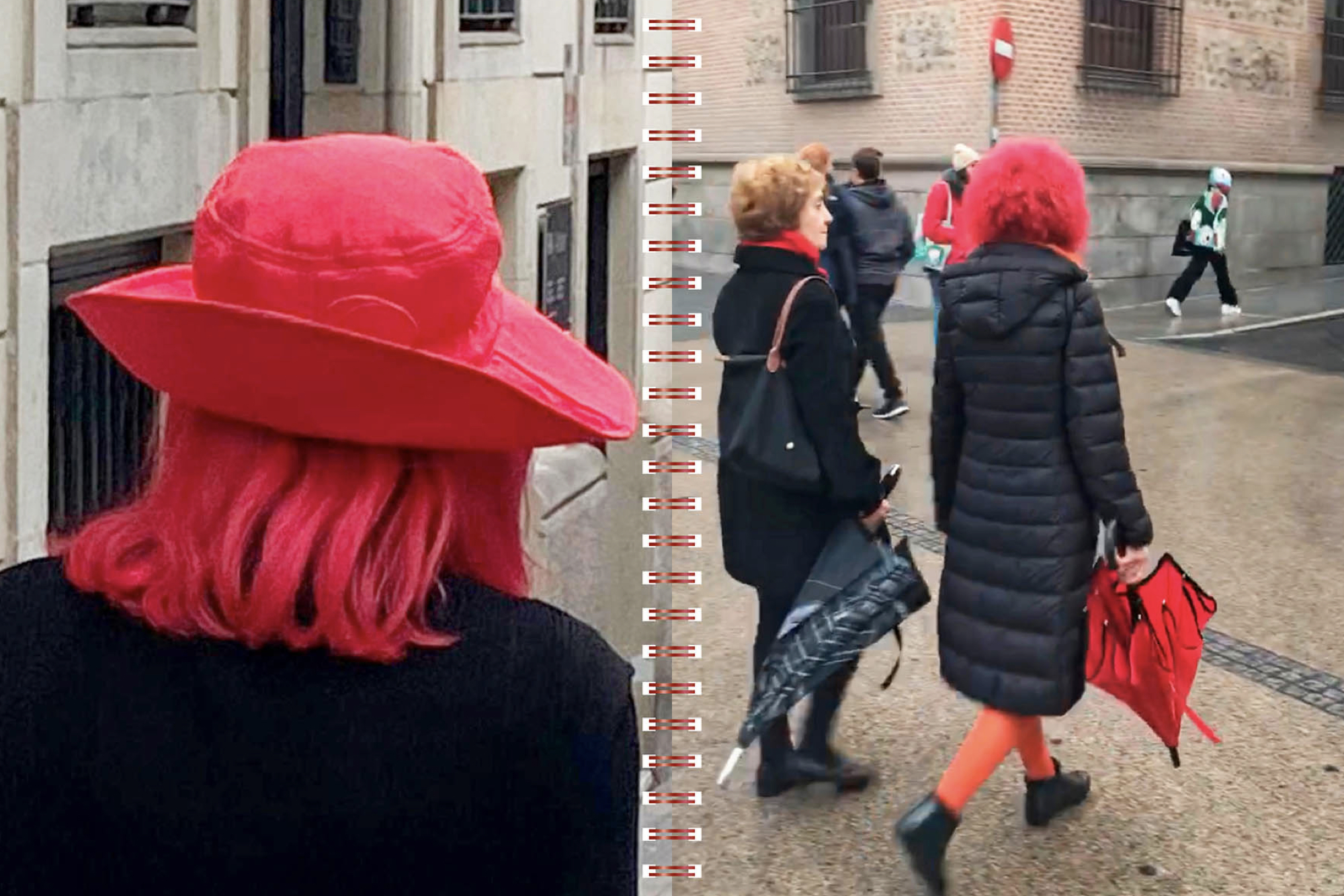Interview & photos Giulia Ricciotti
Personally I always had a lot of admiration for the famous Uruguayan sculptor Pablo Atchugarry.
Since when I went to Punta del Este for the first time in 2011 and got to know his wonderful foundation, I always wanted to have the chance to meet him.
I met the sculptor on a hot February morning in his Manantiales studio. Covered in marble dust, the artist welcomed me with open arms. Despite being full of work, he never refuses anyone. He is always at work, he almost never has a free minute. When he doesn’t leave interviews, he needs to work on his commissioned sculptures or in some exhibition.
It is a constant journey between Uruguay and Italy, where the artist has his second home and workshop.

It is a pleasure for me to finally be able to meet you. I see that he is working on a construction site.
Yes, I have a client who commissioned me a work and I have to finish it as soon as possible. During the short time that I had for the interview, I was able to verify the constant work and commitment that he carries. Pablo Atchugarry is not only the sculptor man but also someone who founded a unique artistic space. There they organize meetings with school classes, free art workshops, cinema-forum, concerts and a wonderful museum of contemporary art, the MACA.
You were born into an artistic environment and you were naturally drawn to art because your father was a painter. How did you choose sculpture and why exactly marble as a material for creation?
The sculpture was given naturally, I needed to express myself in the third dimension. I started with painting but I felt that I needed to draw that same object in space and I went from the second to the third dimension with sculpture. At first I used poorer materials found here in Uruguay, including sand. In 1979 when I came across Carrara marble in Italy my first sculpture was born.
Why do you think that marble is the most suitable material for sculpture?
First, because marble has a part of myth. We think of the great sculptors of all time. Carrara marble was used by the Etruscans, the Romans and later in the Renaissance with Miquelangel, Bernini, Canova and continues to this day. Marble has always been a common denominator, a precious
object towards which sculptures have always tried to approach.

His sculptures are erected towards verticality. Could it be that you are looking for a connection between the earth, represented by the marble, and the sky and that your sculptures are a kind of bridge?
If it can be. My works all have a strong verticality, like the mountain has a verticality. I often say that my sculptures are children of the mountain that later travel around the world. They have a very specific origin, which is the Apuan Alps, their mother, and perhaps the mountain is reflected in my works in some way.
There is something that always caught my attention in his works. About the touch, they are very striking, their conformations make you want to go with your hand inside and caress the sculpture so soft. Do you think there is something erotic in his works as well?
I always see a female figure in my works. Those curves and cavities. We also have to think that the work is born from the contact of the hand with the marble, therefore the work has been touched by the artist and it is very possible that that sensual sense of the work that grows through touch is transmitted.


Why did you choose Lecco as your home base in Italy?
It was a causality. I had met a painter from Como and got to know the place through her and I did my first show in 1978. Later I made my first sculpture in Carrara thanks to a person from Lecco and then it happened that in this city I was always present in one way or another, another in my European itineraries until in the end I did a work there, the Pietà, and I had to stay a year in Lecco. In the end that year became a longer time and I decided to stay. I love all of Italy very much, it is the cradle of art, it is marvelous.
The open-air exhibition that he did in Rome at the Fori Imperiali had an impact on me. What I liked the most was seeing how those very modern white columns were installed in a perfectly natural way next to the older ones.
Yes I agree. Once the exhibition was set up and those huge blocks could be placed, I also had the impression that they were always there. There was that strong dialogue between my works and the Roman columns that didn’t make noise at all. It was present as a continuity of languages, of verticalities. There was a kind of humanist dialogue between them because, deep down, art is a continuity, a path along which many artists travel and many of them go through the same path over the centuries. That is why we suddenly feel that certain things are very current today. The passing of the centuries did not consume it, but that perfectly current image remained.


I would like to talk about an Italian sculptor from Sardinia and talk about what you do through some phrases that he said. I don’t know if you know Pinuccio Sciola…
No, unfortunately I don’t know him.
He died in 2016 and came from a small town in the south of Sardinia. He worked native stone especially basalt and limestone. They cut them and sounded them. He caressed them with his hand or with another stone and produced sounds. The work that you two do is very different, but you use the same material. And the two named Miquelangel, from that need to extract from stone to create a work of art.
Yes, that it is not clearly attached to the stone but rather is always removed. This concept of Miquelangel is prior to him. Exactly the point is where to stop in the remove. It is removed to try to find out where the essence is. It is removed whenever it cannot be attached. And the essence is different for each artist. When one finished in the sculpture, it is no longer necessary to say that it was in the heart of the stone, in the heart of the mountain. Then, later, the idea of sound, of the wind, that other elements participate seems very interesting to me.
Has it ever happened to you to go further, to take too much?
Not because in reality I am removing and there is always more material left than I think the sculpture will end. I always take certain margins of confidence with the material, that is, I arrive knowing that it is irrecoverable: each piece removed is removed forever. I always leave more abundant volumes until later I get to the very essence of what I want to leave in the work.
Pinuccio Sciola said that the stone has a soul, memory, essence, time and elasticity. The stone has immeasurable value. What sound does marble have?
The sound of eternity.

“I believe that the most natural thing in this world should be to pray for the sun and the stones. These two energies justify the presence of this planet in this universe. Stone has always been sold to us as something dumb, hard and rigid. Could you give me a definition of stone?
The stone is not dead. the stone is alive. The stone is the essence of the mountain, the essence of a creation. You have to respect her because she herself is part of this creation of the universe. The human being must first learn to know it, and how all the things that are known can later be loved and respected. I think that when stone and marble are transformed into sculpture, the latter becomes a language from generation to generation that can aspire to eternity.
When you sell a work and someone buys your work and takes it to their own home, do you feel that this person is perceiving this same eternal language?
Yes I think so. First of all, whoever has a work of art in the house is an ephemeral owner because this same marble is many years old and was already created on this earth at least 15,000 years ago. So that moment of contact between the sculptor and the material is destined to be transmitted. Now the owner of that same work is one and who knows in a few years who he will be. Artistic knowledge must be transmitted.
And don’t you think that you are releasing or leaving one of your creations, of your children of the mountain, giving it to someone else’s hand?
No, because the children have to live their lives. The important thing is the bond with the father that is not lost but you have to learn to let go.
Fellini, the great Italian film director, drew many of his grotesque characters from his dreams. He had a notebook next to the bed that he filled with drawings when he woke up. Those drawings later became the characters in his stories. Do you have dreams that help you carry out his works?
Unfortunately I don’t remember my dreams. We all dream but not remembering anything is an area that is not present in my consciousness.


Is there a challenge, some works or projects that you have not done yet and would like to do?
Well the projects are of every day. I like the project of harmony, of peace. That humanity finds its way, its way without wars and without trying to prevail over others. And this seems to me to be an individual path as well. And it is something that each one has to find within himself. I think that art can be a good vehicle. For example, here the sculpture park project means that there are many artists with different languages and with different materials and the message is that you have to know how to respect that difference. That is the path that must be followed, a path that is done every day.
Regarding this theme, Pinuccio Sciola decided never to leave his town but rather to bring art to his land so that people could learn more. Precisely about this you also did something similar. He lives his life between Italy and Uruguay but decided to create this Foundation and the park where anyone can come and breathe art for free and where his sculptures can stay in his birthplace. This seems to me something very important and very beautiful, especially in relation to his contact with nature in a totally open space between trees and birds.
For me the encounter between nature and art is basic. Precisely in this park is the native fauna and flora because the message has to be the respect towards nature that sometimes the human being has lost, a message especially towards the new generation. Art, which is perhaps the most intimate expression of the human being, and nature. We are part of nature. That is why the idea of this project came to me, where some of my emblematic works are also remaining to try to make it a milestone, a spiritual legacy as well.

.jpg)



